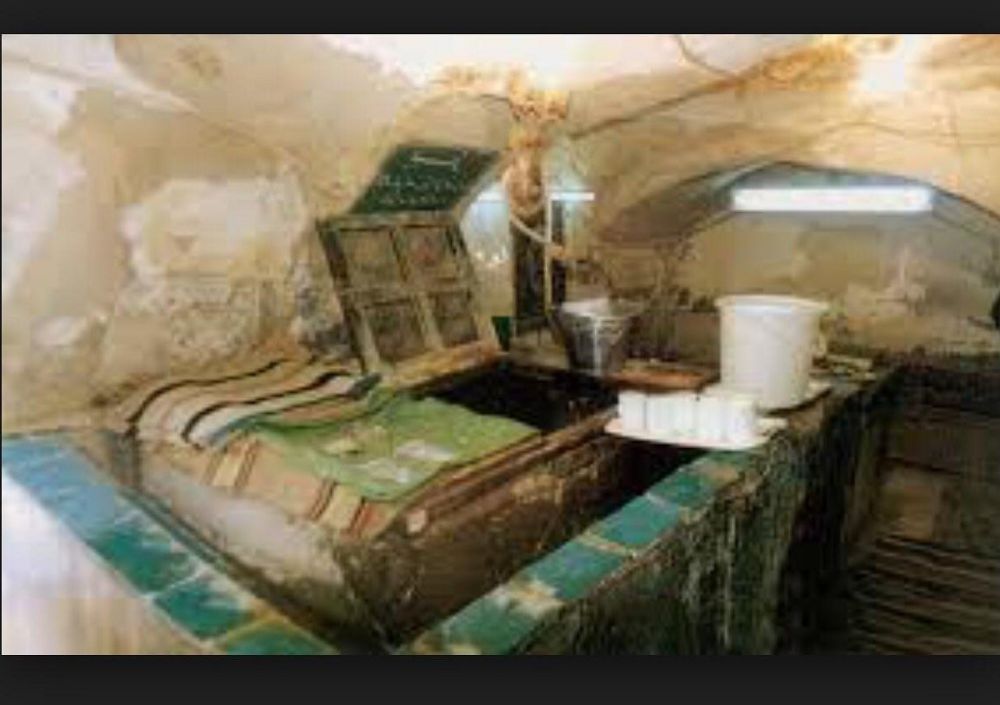

The city of Najaf in Iraq is one of the most significant cities for Shia Muslims, housing the tomb of Imam Ali, the first Shia Imam and fourth caliph according to Sunni Islam. The House of Imam Ali, also known as the Imam Ali Shrine, is the heart of tourism in Najaf and has been a destination of spiritual significance for centuries.
The history of the House of Imam Ali dates back to the 7th Century when Imam Ali, the cousin and son-in-law of Prophet Muhammad, was laid to rest in this location. The site was initially kept secret due to fears of desecration, but the Abbasids eventually established the city of Najaf around the shrine in the 8th Century. Over the centuries, the shrine has been expanded and beautified, with various rulers adding to its grandeur.
Tourism to the House of Imam Ali has a rich history characterized by both periods of flourishing pilgrimage and times of conflict which affected the accessibility to the sacred site. Since the establishment of the shrine, countless pilgrims have traveled to Najaf, making it a pivotal component of the city's economy and culture.
In the 20th and early 21st centuries, various conflicts in the region, including the Iran-Iraq War and the Iraq War, had detrimental impacts on tourism in Najaf. Nevertheless, the city has shown resilience and the shrine of Imam Ali continues to be a focal point for pilgrims and tourists alike, especially after the security situation improved following the war period.
In recent years, there have been efforts to rejuvenate tourism in Najaf and enhance the experience for pilgrims and visitors. Infrastructure improvements such as the expansion of Najaf International Airport and the development of better hospitality services in the area, have facilitated access to the sacred site.
Eco-friendly tourism has gained traction as well, with local authorities and international agencies working to preserve the cultural heritage while ensuring sustainable tourism practices. Cultural exchanges and religious tourism are being promoted to foster peace and mutual understanding among different demographics visiting the shrine. Efforts are also being made to make the site more accessible to non-Muslim visitors who wish to learn about the historical and cultural significance of the House of Imam Ali.
In the digital era, virtual tours and online resources have been developed to reach a broader audience. These platforms provide detailed virtual experiences of the shrine, allowing those who cannot physically travel to Najaf to engage with the site and its history.
The tourism industry in Najaf is poised for growth, with the Iraqi government and international stakeholders working together to ensure that the city can accommodate an increasing number of visitors. The House of Imam Ali remains at the core of these tourism development efforts, cementing its place as a treasured destination for people of various cultures and faiths.